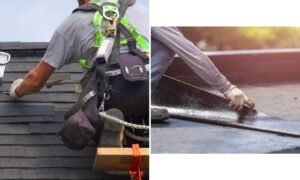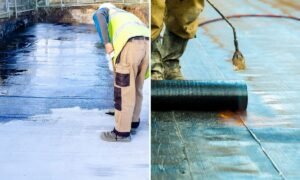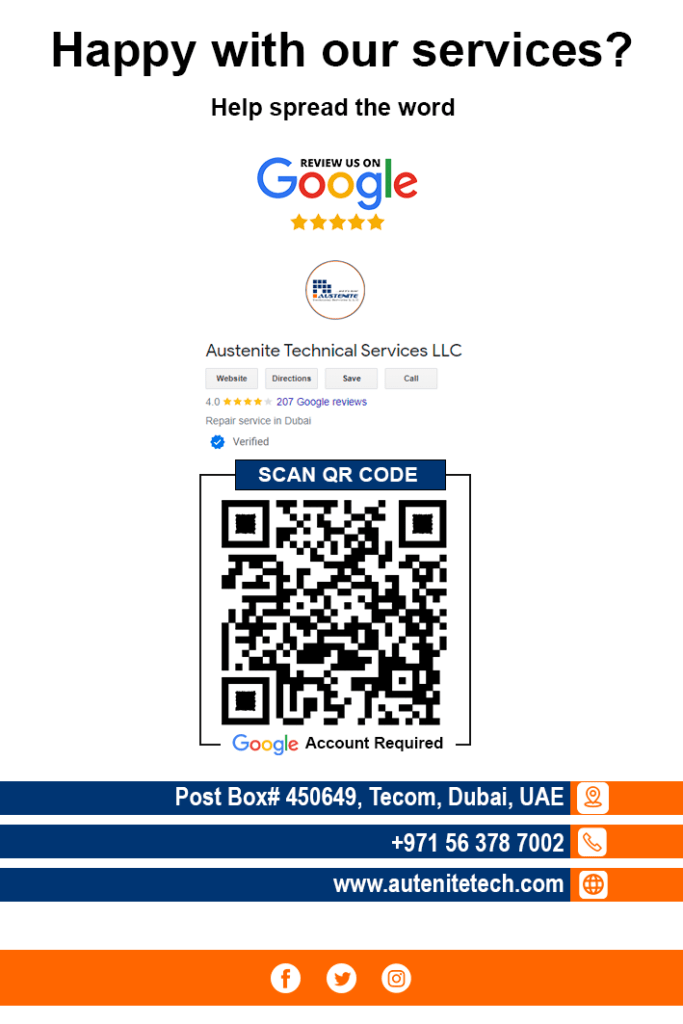Dubai’s climate—intense sun, occasional heavy rains, and rising humidity—puts buildings under constant moisture stress. Whether you’re constructing a new high-rise or renovating a villa, membrane waterproofing in Dubai is essential to protect structures from water ingress, corrosion, and premature damage. This guide explains what membrane waterproofing is, the types available, technical requirements, cost factors, and best practices—supported by expert sources to ensure credibility.
What is Membrane Waterproofing?
A waterproofing membrane is a continuous layer of material applied over surfaces—roof slabs, foundations, terraces, balconies, or walls—to prevent water penetration. Membranes can be sheet-based (preformed) or liquid-applied, depending on application, substrate, and performance needs.
In Dubai, membrane waterproofing must resist:
-
UV radiation and thermal cycling
-
Hydrostatic pressure (especially for below-grade structures)
-
Saline or chlorinated water exposures (near coastal areas or swimming pools)
-
Structural movement due to heat expansion/contraction
Types of Waterproofing Membranes & Their Suitability in Dubai
Choosing the right membrane depends on structure type, exposure, expected movement, and budget.
Sheet Membranes (Bituminous, PVC, TPO, EPDM, etc.)
-
Factory-made rolls or panels, heat-welded or sealed at seams
-
Advantages: High tear strength, predictable thickness, proven life span
-
Limitations: Seams are potential weak points if not welded well, labour-intensive
-
Best For: Flat roofs, terraces, podiums, large roof slabs, below-ground walls
Liquid-Applied Membranes (Polyurethane, PMMA, Acrylics)
-
Applied like paint, flows into gaps, forms seamless coating
-
Advantages: Seamless coverage, adapts to irregular shapes, excellent for detailing
-
Limitations: Requires good substrate preparation, some types sensitive during curing
-
Best For: Balconies, wet-areas (bathrooms, plant rooms), repairs, complex roofs
Cementitious Coatings / Admixtures
-
Cement-based slurries or crystalline admixtures used within concrete
-
Advantages: Strong bond to concrete, durable, cost-effective
-
Limitations: Less flexible, may crack with structural movement
-
Best For: Basements, substructures, retaining walls, internal wet areas
Regulatory & Technical Standards in Dubai
Dubai Municipality & Certifications
Dubai Municipality (DM) enforces specific waterproofing rules. For example, Kryton’s Krystol Internal Membrane (KIM®) was approved as a crystalline waterproofing method for substructures only after meeting stringent DM standards. Always choose products tested and certified for Dubai’s climate.
Key Technical Parameters to Consider:
-
Water-tightness and ability to resist hydrostatic pressure
-
UV resistance for exposed applications
-
Flexibility to handle thermal expansion and contraction
-
Adhesion to substrate (concrete, masonry, metal)
-
Expected lifespan and warranty
-
Installation quality and workmanship
Practical Examples & Case Studies
-
Crystalline Waterproofing for Substructures: Dubai Municipality’s approval of KIM® after strict testing shows its reliability for below-grade waterproofing.
-
Liquid-Applied Membranes for Podiums: Many residential complexes in Dubai rely on polyurethane coatings for seamless protection over podium decks and roof terraces.
Cost Factors & Market Trends
Market Overview:
The Middle East & Africa waterproofing membrane market was valued at USD 1.64 billion in 2022 and is growing at a CAGR of 5.4% through 2030. Globally, the waterproofing membrane market is projected to exceed USD 34 billion by 2034.
Cost Influencing Factors:
-
Type of membrane (sheet, liquid, crystalline)
-
Total surface area
-
Substrate condition and preparation requirements
-
Site access and safety needs
-
Required membrane thickness or number of layers
-
Protection layers (if needed)
-
Brand, certification, and warranty coverage
Best Practices for Membrane Waterproofing in Dubai
-
Inspect and Prepare the Substrate – Clean and repair cracks before applying membrane.
-
Select the Right Membrane Type – Match membrane to exposure (UV, traffic, water pressure).
-
Hire Skilled Installers – Poor workmanship can ruin even the best product.
-
Maintain and Inspect Regularly – Check after storms, keep drains clear, fix damage early.
-
Follow Dubai Municipality Guidelines – Ensure compliance with regulations for approval and warranty validity.
FAQ
Q1: What is the most durable waterproofing membrane for roofs in Dubai?
Sheet membranes such as modified bitumen, EPDM, or high-quality PVC/TPO are highly durable for exposed roofs, provided seams are correctly welded and the product is UV-resistant.
Q2: Can liquid-applied membranes handle heavy traffic areas?
Yes, some liquid-applied membranes like PMMA and polyurethane can handle pedestrian or light traffic, but they often require a protection layer to avoid wear.
Q3: Is crystalline waterproofing accepted in Dubai?
Yes, crystalline waterproofing such as Kryton’s KIM® is approved by Dubai Municipality for substructures once tested and certified.
Q4: How long does membrane waterproofing last in Dubai?
Depending on material and installation quality, membrane waterproofing can last 10–25+ years with proper maintenance.
Q5: What are signs of membrane failure?
Leaks, damp patches, peeling paint, mold growth, cracks, blistering, or water pooling are all signs that membrane waterproofing may be failing.
Conclusion
Membrane waterproofing in Dubai is critical for protecting buildings from water damage, especially in the region’s challenging climate. Choosing the right system—sheet, liquid, or crystalline—along with certified materials and expert installation ensures long-term protection.











